Iceland is referred to as the “Land of Fire and Ice” because of its volcanic activity and snow weather since it sits above the Arctic Circle.
However, the stark beauty, ruralness of the country, walkability, and bustling city of Reykjavik blow away visitors to Iceland.
The first settlers to the island were the Vikings, who sailed from Norway to set up towns across the country.
Today, the entire country’s population is only 372,520, with 122,853 citizens living in Reykjavik.
Due to the low population and high quality of life, Iceland is one of the safest cities in the world.
Interestingly, visitors don’t need to worry about danger from humans on the island but more from nature!
Keep reading to learn more about the most dangerous places in Iceland!
Contents
10 Most Dangerous Locations in Iceland
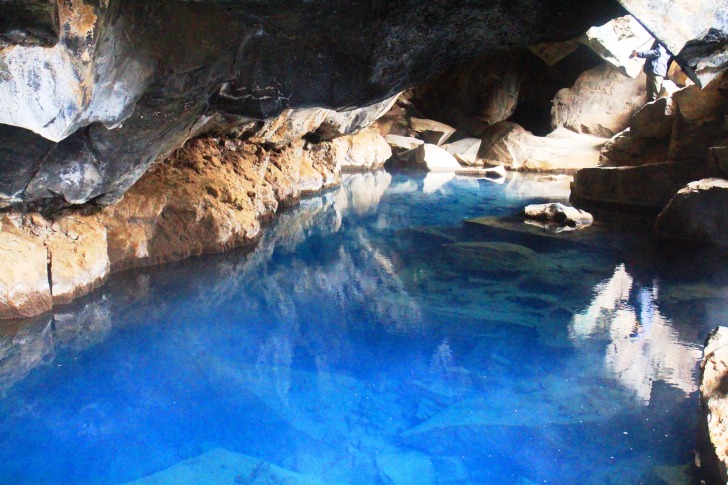
Grjotagja
Near Lake Myvatn, Grjotagja is a small lava cave containing a thermal spring.
This destination was a popular bathing site until the 1970s.
Today, there are no lifeguards, rangers, or other protective measures in place, so it’s common for visitors to slip on the rocks and sustain injuries.
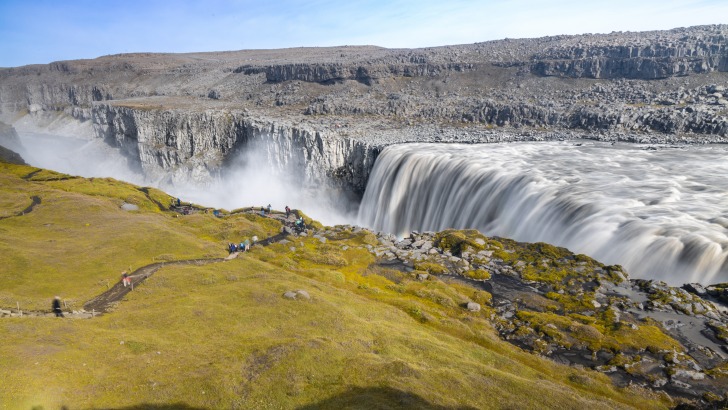
Dettifoss
Considered Iceland’s most powerful waterfall and the second most powerful in Europe, Dettifoss is located in Northeast Iceland’s Vatnajokull National Park.
The rocky environment and crashing water can cause severe injury or death for those venturing too close.
While there are plenty of ropes and “do not enter signs,” some tourists ignore the warnings and are crushed by the water.
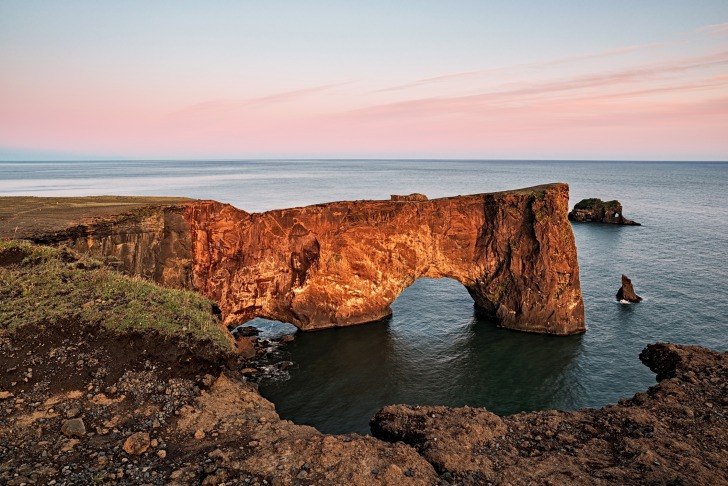
Dyrholaey
Located on the South Iceland coast, Dyrholaey is a small arch rock formation in the ocean with volcanic origin.
Given its beauty and proximity to the village of Vik, many tourists travel to see this natural rock formation.
Unfortunately, the occasional tourist ignores the protective guards in place and falls off the cliff into the water or the rocks below.
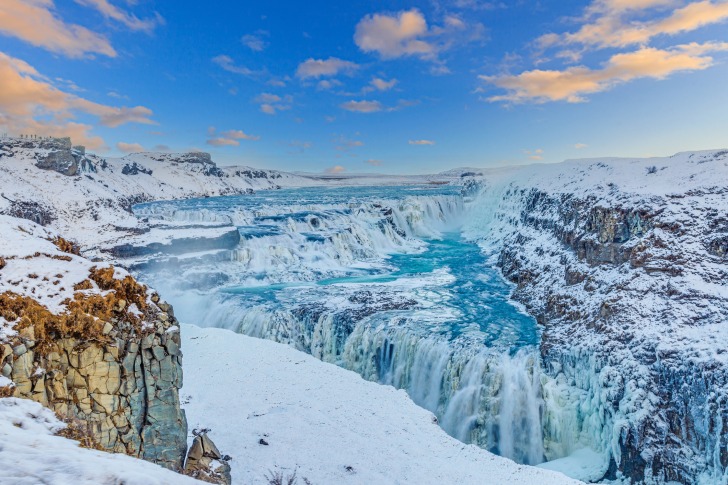
Gullfoss
As part of the Golden Circle and Iceland’s best-known waterfall, Gullfoss is 105 feet high, dropping massive amounts into the canyon on the Hvita River.
Gullfoss is a popular tourist destination because it’s close to Reykjavik.
Unfortunately, no rails or ropes exist near some parts of the waterfall, and some tourists venture too close to the edge and fall into this thundering waterfall.
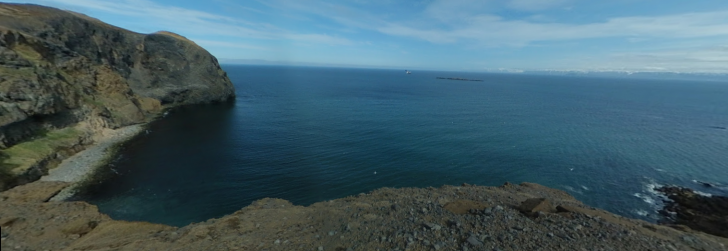
Ketubjorg
Ketubjorg is a beautiful string of rocky cliffs and a waterfall that drops into the ocean in Northwest Iceland.
Sadly, plenty of fatalities have occurred here due to the lack of park rangers, handrails, and ropes.
Ketubjorg is a completely off-the-beaten-path attraction that takes work to reach.
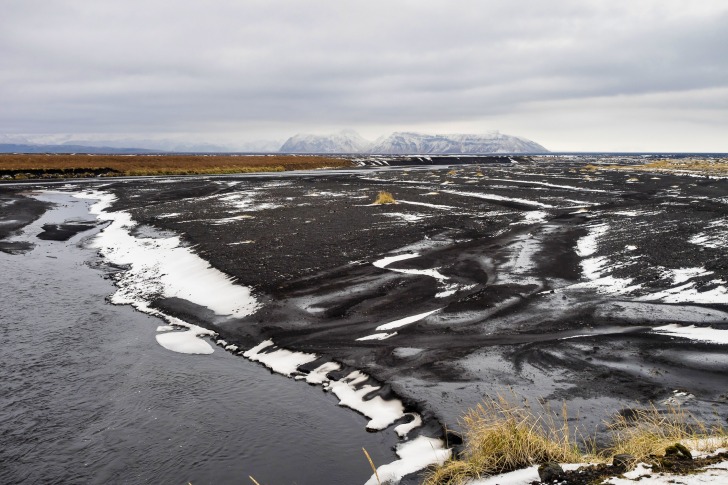
Krisuvikurbjarg
Situated on the Southern Iceland coast, Krisuvikurbjarg is a stunning cliff that drops into the ocean.
Given its rural location, no ropes or handrails exist, and the weather is regularly windy.
Occasionally a tourist will get too close to the edge to achieve that perfect Instagram photo and fall onto the rocks below.
While this beautiful location should be noticed, it’s essential to be incredibly cautious when visiting.
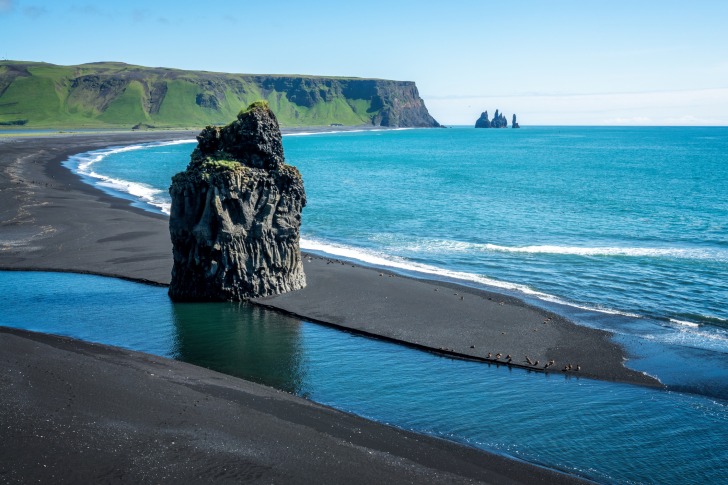
Reynisfjara Beach
Reynisfjara Beach has claimed many tourists’ lives in South Iceland, especially during winter.
Also called the Black Sand Beach, since the sand is black due to volcanic activity, Reynisfjara Beach has perilous ocean currents due to the rocky landscape and random waves that can drag unsuspecting tourists out to sea.
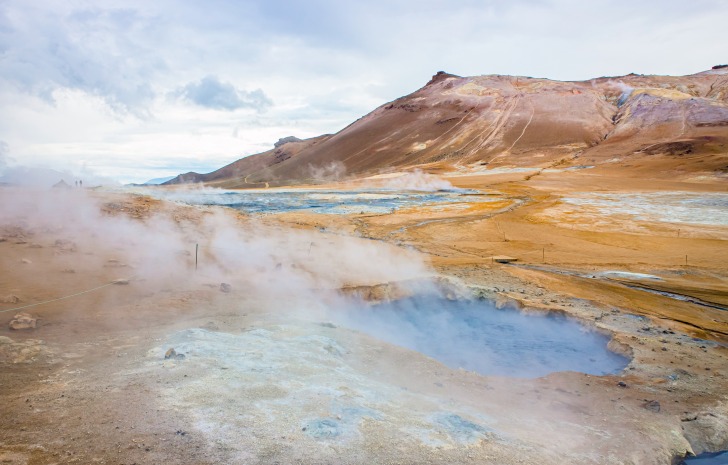
Namaskard
Situated in Northern Iceland, Namaskard is a geothermal area where steam rises from the earth through vents.
There are numerous vents across this barren and rocky field.
Since the steam creates a fog, it can be difficult to see where you’re walking, so sprained ankles and other injuries are common in this field for those who aren’t paying attention to the ground.
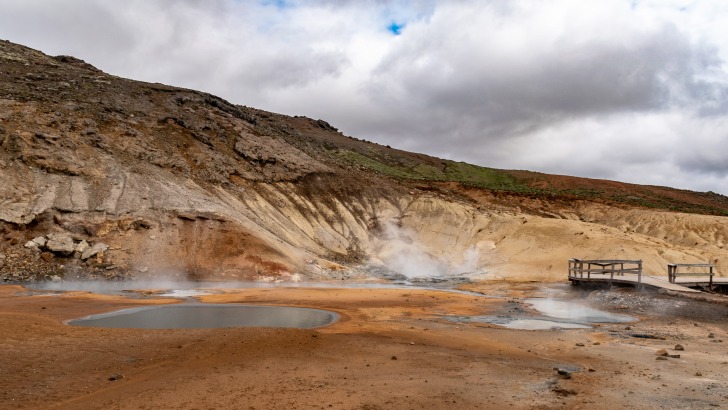
Seltun
The Seltun Hot Springs is another geothermal area in Southwest Iceland as part of the Reykjanes Peninsula.
Like Namaskard, many injuries occur because the steam temporarily blinds tourists, and they do not see the rocks and other hazards on the ground.
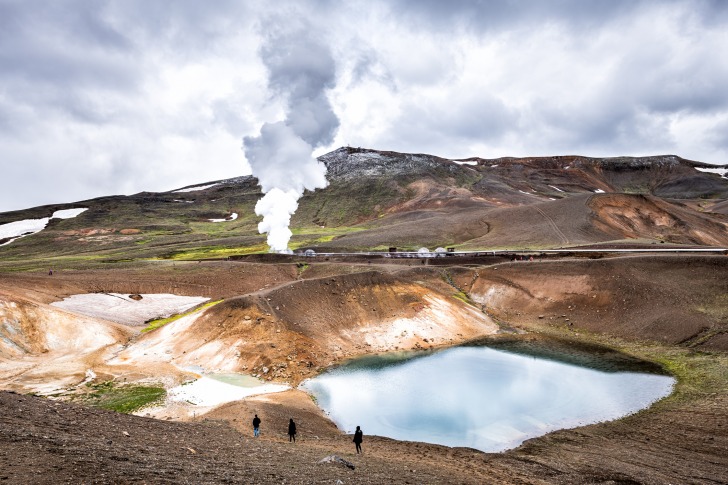
Viti
This incredible cater is located in the highlands and is only reachable by a long hike.
Viti has been filled with geothermal water, making for a nice, natural spa day.
However, going into the crater is incredibly dangerous because no park rangers are stationed there, so drownings or falling down the rocky cliffs occasionally occur.
8 Safety Tips for Traveling to Iceland
One: Know the Emergency Numbers
If you are stuck in a dangerous situation and require assistance, call 112, Iceland’s emergency number.
Approximately 100 rescue teams exist across Iceland, with thousands of volunteers on call, which helps save human lives every year.
Two: Watch the Weather Forecast
Icelandic weather changes at the drop of a hat, and extreme weather occurs, especially in rural areas.
Snow combined with high wind speeds is common during the winter, which can significantly limit visibility and leave you stuck in a rural area without cell phone reception.
Therefore, before venturing into a secluded area, check the weather forecast.
During the summer, rain, low temperatures, fog, and high wind speeds are considerations when planning a day trip.
Three: Check Road Conditions
In addition to checking the weather forecast, it’s essential to check the road conditions.
The Icelandic Road and Coastal Administration updates www.road.is regularly, showing those roads that are easily passable and those with ice patches, closed and slippery.
The website also indicates if you require a four-wheel drive during the route.
Four: Take Caution When Visiting Geothermal Areas
Geothermal energy is useful for warming water in pools, spas, and natural baths.
In addition, geothermal heat is used to warm up the streets during the winter and in residential heating systems.
These warm geothermal areas have become popular tourist destinations.
However, those that are randomly scattered across the country can reach temperatures over 200 degrees Fahrenheit, which means falling in or just slipping your foot in the water can result in severe burns.
Five: Don’t Venture Too Close to the Ocean
Iceland’s rocky coastline is violent, aggressive, and full of sneaker waves.
Sneaker waves are those that stretch further onto shore than standard waves, hitting those that are walking on the beach.
Sneaker waves mixed with massive under toes can suck people into the ocean with maximum force.
The most common places these waves occur are Kirkufjara and Reynisfjara beaches.
Warning signs are located along the beach, but there have been multiple deaths due to these waves.
Six: Remain on the Path
Whether on a mountain hike, visiting a natural wonder, enjoying a geothermal area, or viewing a waterfall, it’s crucial to remain on the path.
Staying on the path protects you from natural dangers, so it’s the safest way to enjoy these magnificent sites.
Occasionally a path will be closed for conservation or because it has become unsafe, but don’t jump over the rope since it’s closed for a reason.
Seven: Inform a Relative or Friend Where You’re Going
If you’re planning to hitchhike, camp, or hike while visiting Iceland, letting a loved one know your exact route is critical.
Also, www.safetravel.is is a website that allows any local or visitor to provide their travel plan in case they go missing.
While the minimum requirement is to provide one location daily, the more information entered, the better.
Eight: Utilize Safetravel.is
In addition to uploading your hiking route, it’s important to check safety warnings on the website.
Safetravel.is is an excellent resource for travelers around the country.
The goal is to educate visitors on dangers and provide resources for those who need assistance.
Safety alerts are regularly offered and displayed in German, French, Icelandic, and English.
Iceland Safety Overview
READ THE FULL REPORT: Iceland Safety Review
Safety Index: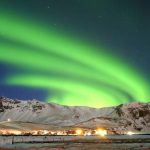
- OVERALL RISK: LOW
- TRANSPORT & TAXIS RISK: LOW
- PICKPOCKETS RISK: LOW
- NATURAL DISASTERS RISK: LOW
- MUGGING RISK: LOW
- TERRORISM RISK: LOW
- SCAMS RISK: LOW
- WOMEN TRAVELERS RISK: LOW
Frequently Asked Questions
Where are the bad areas of Reykjavik?
Since Iceland is one of the safest countries in the world, there are no bad areas of Reykjavik, the capital city.
Occasionally petty theft like pickpocketing occurs in the city, but this is incredibly rare.
However, it’s always good to take precautions and not leave valuables visible in a car overnight or leave personal items unattended in bars and restaurants.
What are some of the biggest dangers in Iceland?
The most dangerous aspects of Iceland are rapid changes in weather and tectonic forces.
Therefore, natural hazards can cause injury or death, including avalanches, landslides, volcanic eruptions, earthquakes, floods, and storms.
What is the most common crime in Iceland?
Since violent and property crimes aren’t an issue in the country, the most common crimes committed were traffic offenses and penal violations.
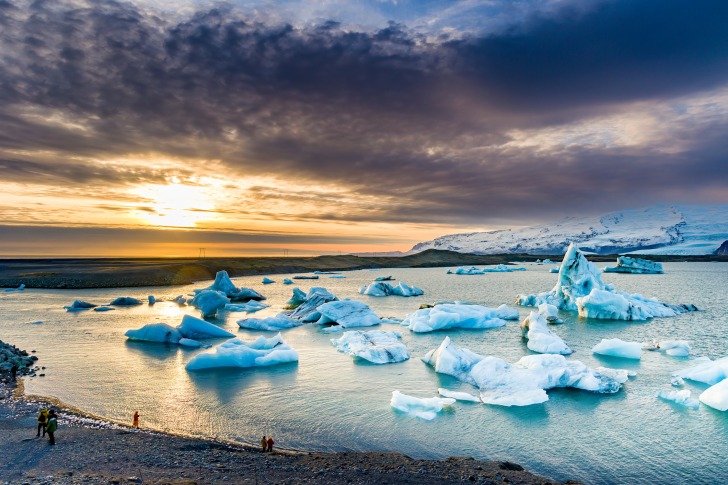
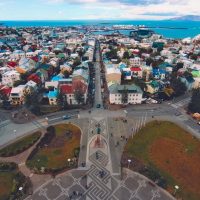
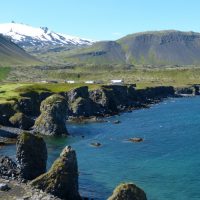

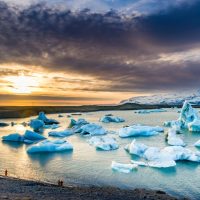

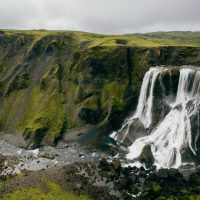





Planning my Iceland adventure, and this post is a wake-up call. Mother Nature can be both awe-inspiring and unforgiving. Time to adjust my itinerary and prioritize safety while still enjoying the incredible landscapes!
I had the chance to visit a couple of these dangerous locations, like the glaciers, during my Iceland trip. It was thrilling, but the guide’s safety instructions were crucial. Adventure with caution, folks!